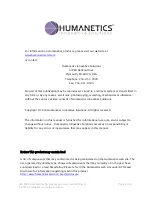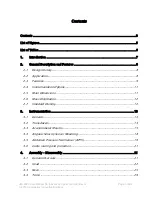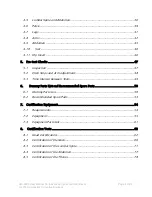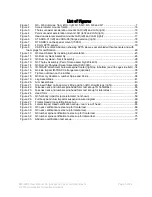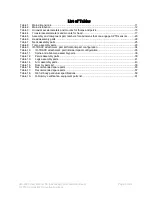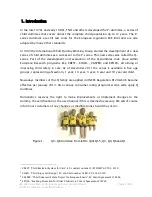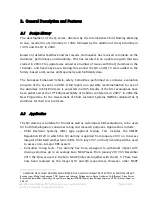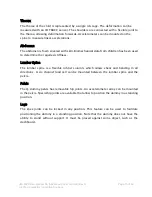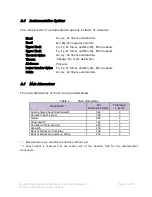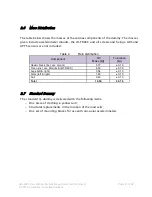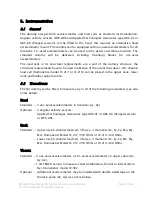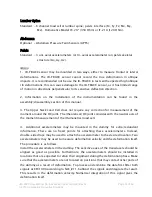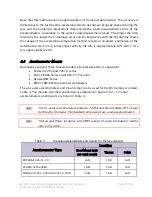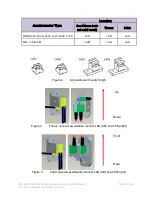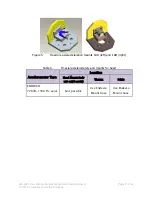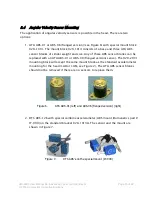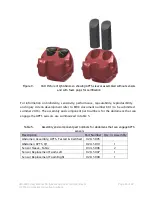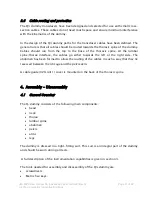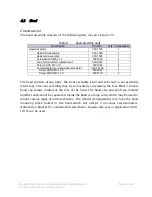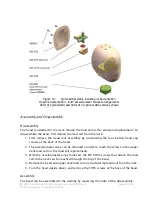
020-9905 User Manual Q3 (Advanced 3 year old child) Rev G Page 8 of 82
© 2016 Humanetics Innovative Solutions
2. General Description and Features
2.1 Design History
The development of the Q-series, directed by the International Child Dummy Working
Group, resulted in a Q3 dummy in 1998, followed by the addition of the Q6 dummy in
1999, and the Q1 in 2000.
Based on customer feedback and test results, Humanetics has received comments on the
dummies’ performance and durability. This has resulted in an update program that was
started in 2004. This update was aimed at a number of issues with the Q dummies in the
shoulder, and head/neck area. During this period the Q0 and Q1.5 were added to the
family, based on Q-series anthropometry and biofidelity data.
The European Enhanced Vehicle-safety Committee performed an extensive evaluation
program of the Q-series in 2004. A full report on a possible recommendation for use of
the dummies in ECE R44 tests is expected in 2005. Results of the first evaluations have
been published at the 19
th
Enhanced Safety of Vehicles conference in 2005
5
. In 2006 the
New Programme for the Assessment of Child-restraint Systems (NPACS) adopted the Q
dummies for their test protocols.
2.2 Application
The Q3 dummy is suitable for frontal as well as side impact CRS evaluations, to be used
for both homologation, consumer rating and research purposes. Applications include:
Child Restraint Systems (CRS) type approval testing. This includes the UNECE
Regulation R129 in which the Q3 dummy is applied from January 2013 on to assess
integral Child Restraint Systems (CRS). From July 2017 on the Q3 dummy will be used
to assess non-integral CRS as well.
Consumer rating tests. The dummy has been designed to withstand impact with
closing velocities up to an average Euro NCAP level. From January 2013 till December
2015 the Q3 was used in the Euro NCAP protocols together with the Q1.5. These have
now been replaced by the larger Q10 and Q6 respectively. However, other NCAP
5
ASSESSING NEW CHILD DUMMIES AND CRITERIA FOR CHILD OCCUPANT PROTECTION IN FRONTAL IMPACT,
Kate de Jager, Michiel van Ratingen, TNO Science and Industry, Philippe Lesire, Hervé Guillemot, LAB (France), Claus Pastor,
Britta Schnottale, BASt (Germany), Gonçal Tejera, IDIADA (Spain), Jean-Philippe Lepretre, UTAC (France). Paper no.
05-0157.


